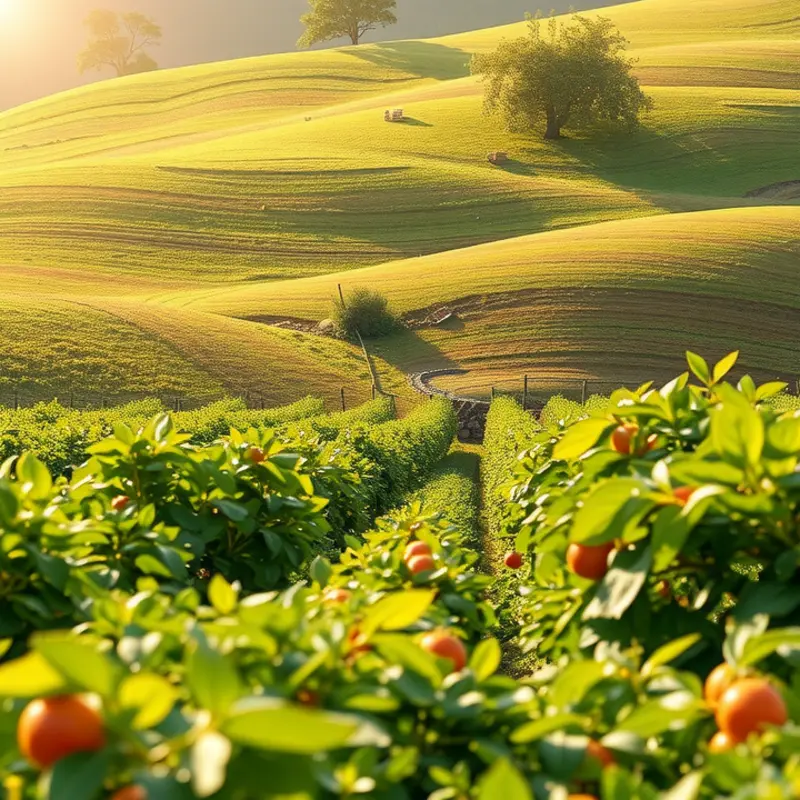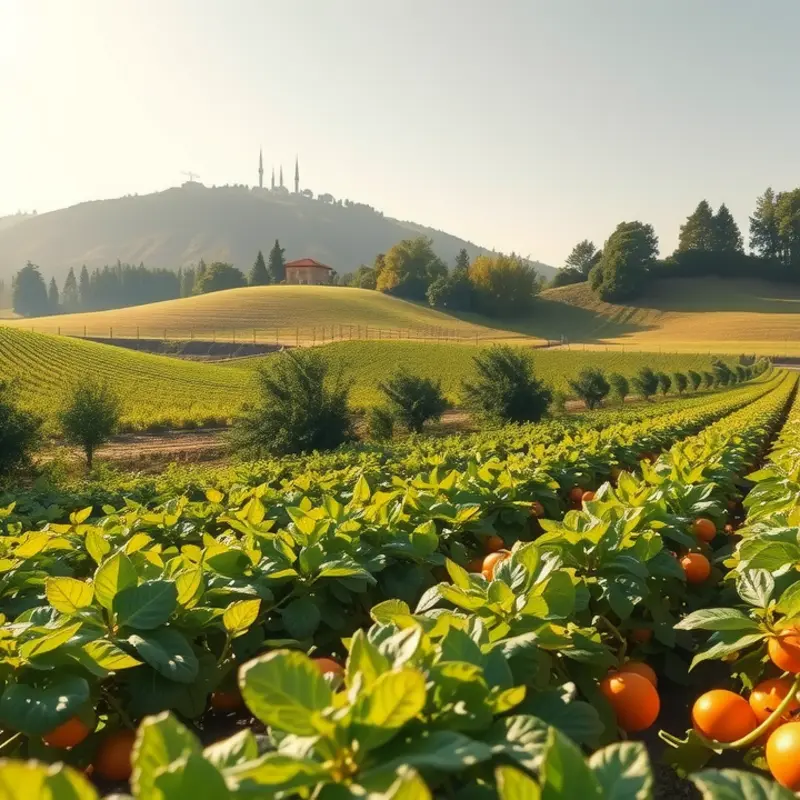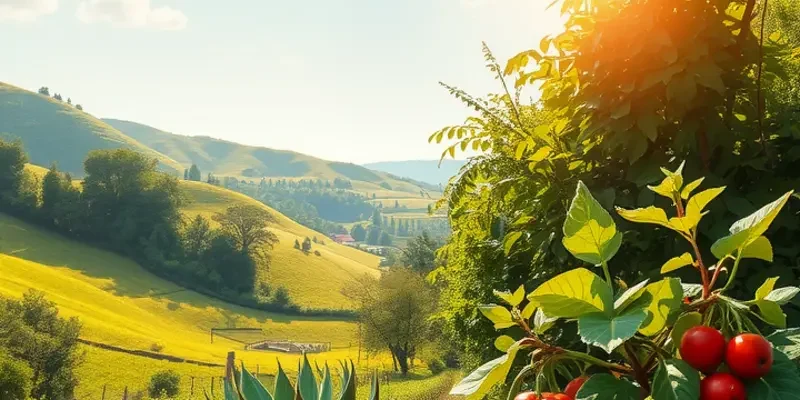Adopting low-waste cooking methods not only benefits the environment but also enhances your culinary skills. Understanding how to minimize food waste can transform your kitchen from a source of trash into a haven of sustainable practices. By embracing methods that honor ingredients and support eco-friendly food choices, individuals can cultivate a deeper connection with their meals and the planet. This journey encourages creativity while savoring the flavors of life, leading to a more sustainable lifestyle.
Embracing Smart Inventory Management

Effective inventory management is a cornerstone of sustainable cooking, significantly reducing food waste while enhancing meal flavor and nutrition. Mastering smart inventory management involves knowing what you have, planning meals meticulously, and storing food correctly.
A foundational strategy is meal prepping. Allocate time each week to plan your meals, taking stock of what’s already in your pantry before making a shopping list. This way, you avoid purchasing unnecessary items, focusing instead on replenishing only what’s needed. A well-considered list minimizes impulse buys and ensures that existing ingredients are used efficiently.
First In, First Out (FIFO) is a simple yet powerful method to organize your pantry. Place newer items behind older ones so the latter are used first, preventing spoilage. This practice promotes the use of ingredients while they’re fresh, maximizing their nutritional value and flavor.
Creative use of leftovers is also key. Incorporate them into new dishes, reducing waste and enhancing meal variety. For instance, cooked vegetables can be blended into soups, and rice can reinvent as fried rice or rice salads. If you’re in search of low-waste solutions, the low-waste cooking and prep guide can provide additional insights.
Proper storage techniques further extend the shelf life of your ingredients. Each food type has specific storage needs, whether it’s a cool, dark place or refrigeration. For example, root vegetables often last longer in a cool, dry area, whereas berries benefit from refrigeration to slow down mold growth. Understanding these nuances helps maintain freshness for as long as possible.
Smart inventory management also involves keeping your kitchen organized to quickly visual assess available ingredients. Clear containers and labels for pantry items eliminate guesswork, making meal preparation smoother and more enjoyable.
By adopting these techniques, you turn your kitchen into a more sustainable environment. Each step you take in managing inventory wisely also contributes to broader environmental conservation efforts. As you integrate these practices into your routine, you’ll find satisfaction not just in cooking but in knowing that every meal respects the resources it required to create.
Creatively Utilizing Leftovers

Understanding how to make the most of your leftovers is essential in low-waste cooking. Not only does it provide an opportunity to reduce food waste, but it also allows for culinary innovation. Instead of viewing leftovers as burdens, consider them as building blocks for new meals, waiting to spark your creativity.
Roasted vegetables from last night’s dinner can be revived in an entirely new form. Transform these tender morsels into a hearty soup. Simply blend the leftovers with vegetable stock and a few spices to craft a comforting meal that is warm and inviting. For added depth, try roasting fresh herbs alongside leftover vegetables before blending.
Stale bread is another versatile leftover. It can be easily reborn into a savory bread pudding, perfect as a side dish or even a main course. Combine cubed stale bread with eggs, milk, cheese, and any vegetables you have on hand. Bake until golden, and you have a dish that’s not only rich in flavor but also in rustic charm. Alternatively, transform stale bread into croutons. Toast lightly with olive oil and herbs for a crunchy salad topper.
Vegetable scraps are often overlooked, yet they hold immense potential. Instead of discarding peels and ends, save them to create a flavorful vegetable stock. Collect carrot tops, onion skins, and herb stems in a bag, and store these in the freezer until you have enough for a batch. Simmer with water and seasoning for a nourishing base, which can be used in soups, stews, or grain cooking.
Incorporating these ideas requires a shift in mindset. Recognize that what might seem like a waste product is, in fact, an opportunity. By approaching leftovers with an open mind, you not only reduce food waste but also enrich your cooking repertoire.
For those eager to explore further, consider the benefits of eco-smart kitchen storage. Proper storage techniques ensure leftovers stay fresh longer, maximizing your ability to utilize them fully.
Remember, cooking creatively with leftovers isn’t just about conservation; it’s a sustainable practice that challenges us to think differently about ingredients. Don’t merely save what’s leftover; transform it into something delightful.
Final words
Embracing low-waste cooking methods fosters a healthier lifestyle and a more sustainable planet. By managing your pantry wisely and transforming leftovers into delightful dishes, you contribute positively to both your well-being and the environment. Everyone has the power to make conscious food choices that can significantly impact our world. The journey towards a low-waste kitchen is an enriching experience, encouraging creativity, collaboration, and a deeper appreciation for the food we consume. Take these lessons to heart, make small changes, and inspire others to do the same.








